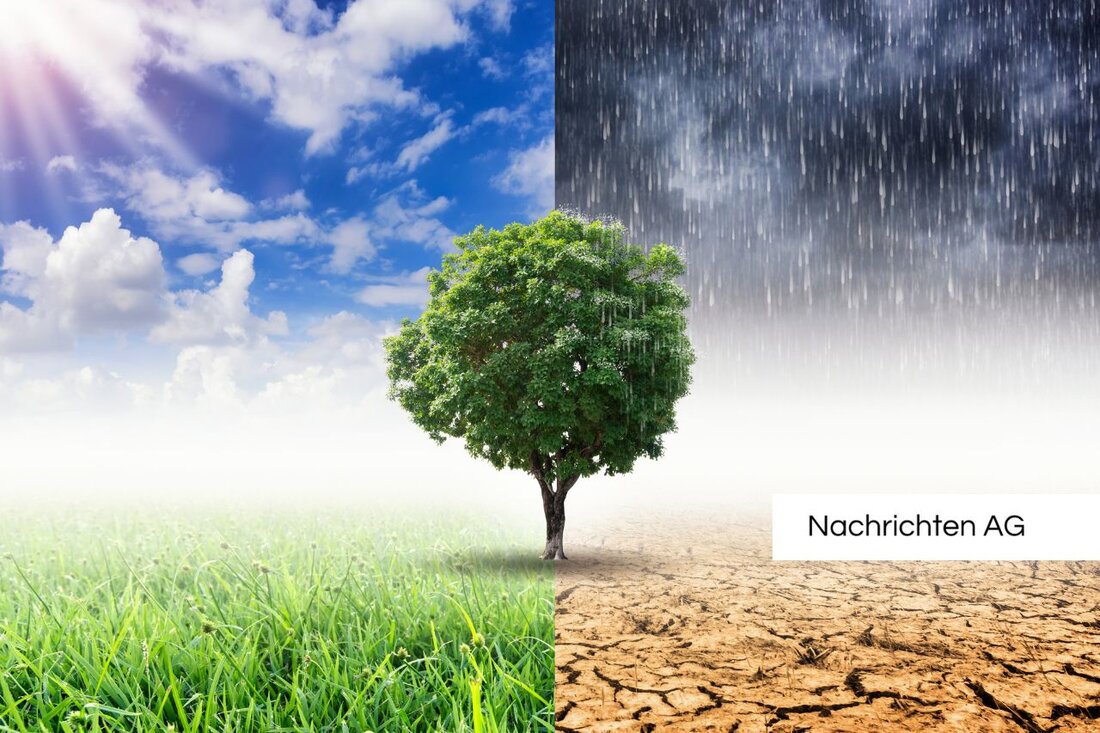More and more whales in the North and Baltic Sea: What is behind it?

More and more whales in the North and Baltic Sea: What is behind it?
In the past two decades, a significant increase in waling views and beaches in the North and Baltic Sea has been recorded. Joseph Schnitzler, a research assistant at the Institute for Terrestrical and Aquatic Wildlife Research (ITAW), confirms this trend and attributes it primarily to the growth of the global Buckelwal population. This recovery of the stocks is a result of the suspension of whale hunt.
This year several Wal-Kadaver were discovered on the North Sea coast. The most remarkable finds include a humpback whale that was recovered on the beach of Sankt Peter-Ording, as well as another humpback whale that was washed up in front of the uninhabited island of Minsener Oog in February. In addition, a 14.3 meter long sperm whale was found and broken down in front of Sylt in mid -February. The string of the whales is often explained by abbreviations in the North Sea, which you take on your way from the Irish coast to northern waters in Norway.
Current Wal views and hypotheses
In the Baltic Sea, whales were last spotted in Ahrenshoop (Mecklenburg-Western Pomerania), near Hiddensee and near Travemünde. Hypotheses to the reasons why whales get lost, include disturbed magnetic fields and intensive shipping traffic. The location system of the whales does not work optimally in the flatter edge areas of the North Sea, which could contribute to an increase in beaches.
However, the recovery of the whale stocks in general is slow. A scientific study shows that their stocks, especially south capers, blue and fin whales in the southern hemisphere, will return to a maximum of half of the initial stock from the industrial whaling by 2100. The main cause of this slow recovery is the devastating effects of whale hunt in the 20th century.
long -term dangers for whale stocks
The humpback and dwarf whale populations could perhaps reach their original size by 2050 at the earliest. Scientists warn that the recovery of the stocks on the northern hemisphere will take significantly longer, since whales in this region are more threatened by human activities. These dangers include grabbing, Wal-Schiffs collisions and noise pollution.
Regina Asmutis-Silvia from the Whale and Dolphin Conservation (WDC) emphasizes the need to make the recovery of whale population and its protection priority. Whales play an important role in the ecosystem of the oceans because they fertilize vegetable plankton, which produces over half of the oxygen in the atmosphere and absorbs CO2. Therefore, a sustainable whale hunt is not possible, and the commercial whaling should be stopped to ensure the healthy development of these important species.
Overall, experts warn that the protection of the whales is not only for the species itself, but also for the health of the world's oceans and climate change. The fate of these majestic animals remains closely linked to our own efforts to protect the environment.
| Details | |
|---|---|
| Ort | Sankt Peter-Ording, Deutschland |
| Quellen | |
